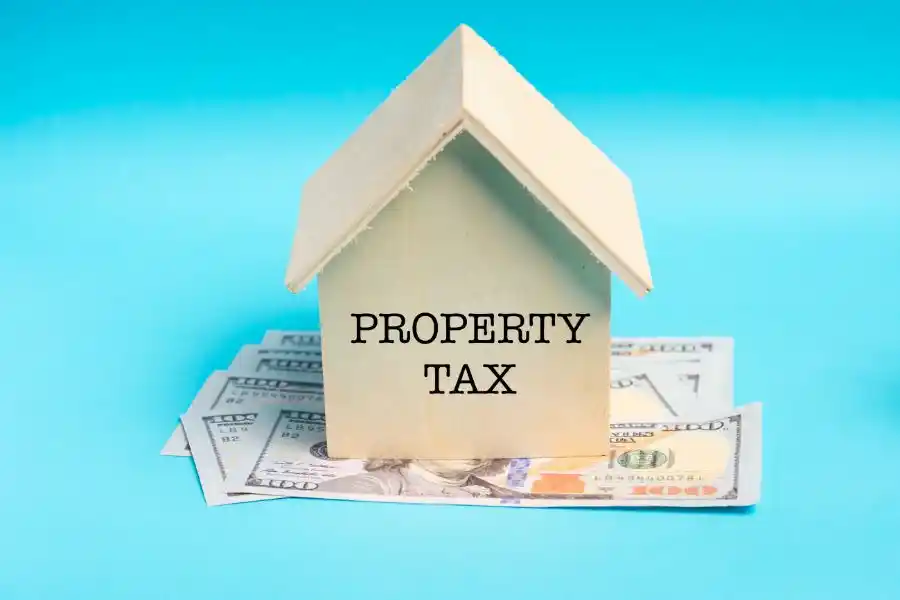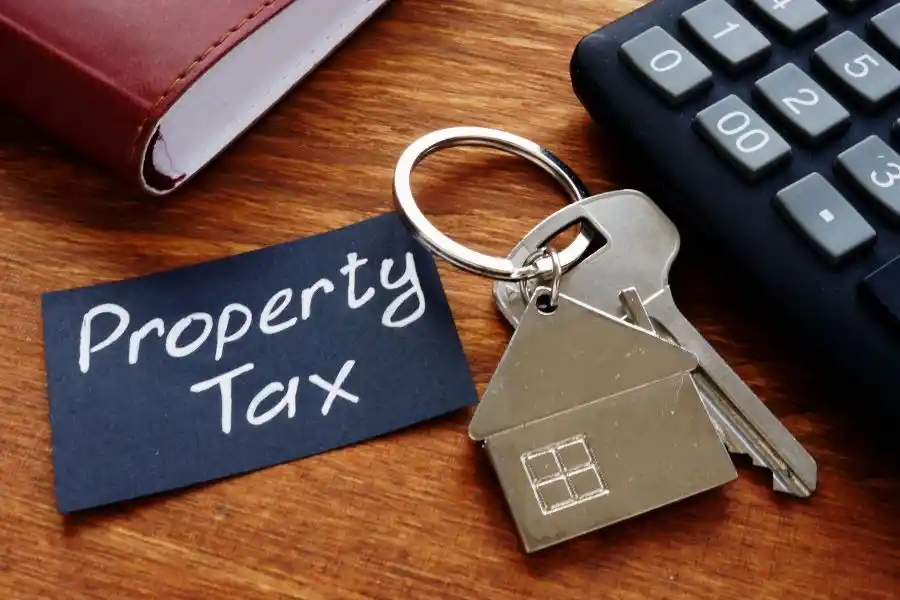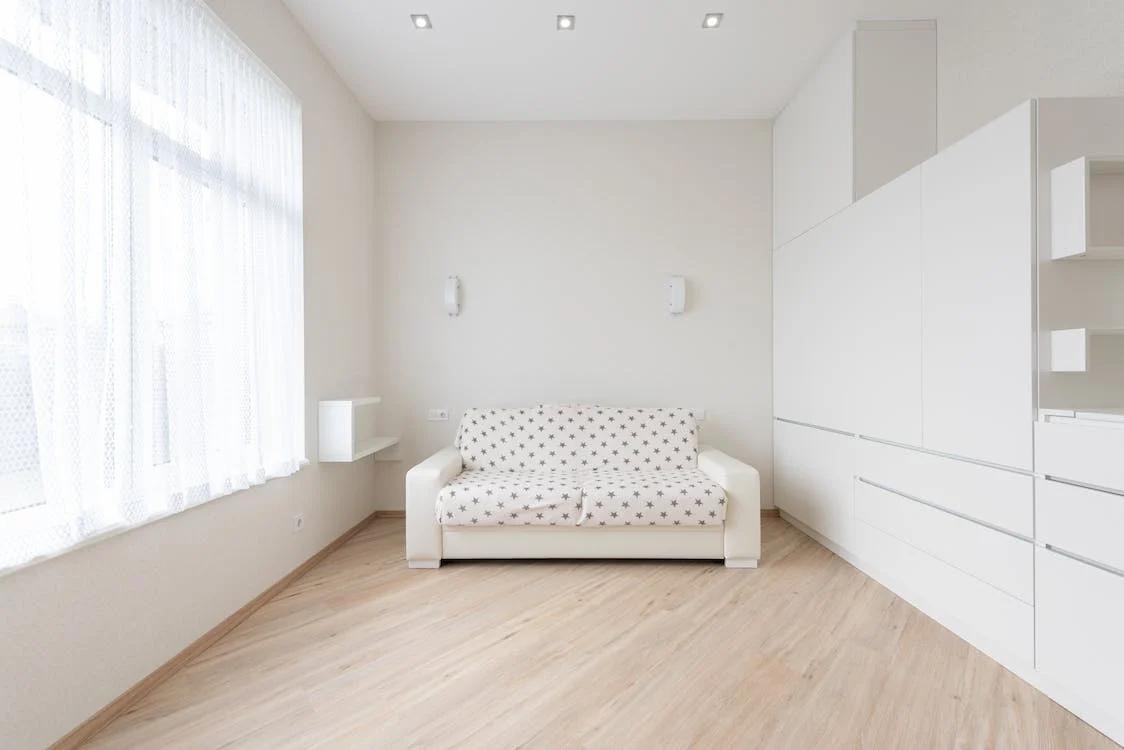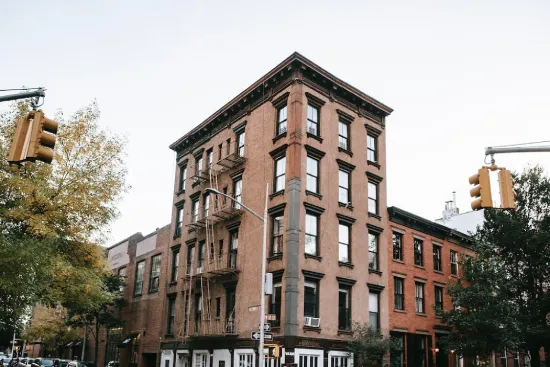1. Identify The Right Time To Enter The Market
The best time to find available apartments in NYC is usually between May and July (or August). A lot of new apartments/recently vacated apartments hit the market after May. It’s easier to find the right option when you have more options to choose from. Keep in mind you will find lower rents in the winter months. Prior to COVID the rental market was very seasonal, but it has changed a bit.
2. Set A Budget
Identify how much rent you can afford. Your landlord will probably use the Rent-to-Income ratio to calculate your affordability, which should ideally be 30%, but there are other factors to consider. If you have any other debt you are paying off, children in school, important medical expenses you can’t put off, etc., rent should make an even smaller part of your income. And it’s not just the rent. There are other monthly expenses that might come with your rental, including pet rent, rental insurance, and amenity fees. Collectively, they can make a relatively large sum you have to pay every month. So keep all these costs in mind (plus the rent) when setting up a realistic budget for the apartment you can rent.
3. Decide On A Few Neighborhoods
Whether you want to move close to your workplace or to a good school district, it’s a good practice to identify multiple options. You can research them online or by visiting in person and start looking for apartments in these neighborhoods. However, in a tight market where there are limited apartments available, you may not have that luxury. You should still research the neighborhoods in which you find properties that match your budget and preferences for factors like safety, transportation options, etc.
4. Create A List of Necessities and Wants
The shorter your list of “must-haves” is, the better, but there are a few things you might not be able to compromise on. They should be the lens through which you filter potential rentals. It might be the neighborhood, certain amenities, pets, a specific size, etc. Then there is the list of things you are hoping for in a property. And it’s ideal if you can find most or all of them within your budget, but if not, you can use them to make a selection from otherwise similar rentals.
5. Co-op or Condo
Renting a co-op apartment may be different from renting a condo or other rental units, since you are technically subletting from the owner who has the proprietary lease. Few co-ops allow subletting in the first place, and they may have greater control over your rental. The co-op board can reject you as a tenant for any reason other than discrimination, limit how long a lease you can have, and there may be other restrictions in place regarding noise and pets. The rent may be lower, making them quite attractive. You can increase your chances of board approval by adhering to best practices and doing some research, but unless you are willing to put in the extra leg work, think hard before choosing a co-op apartment to rent.
6. Renter’s Agent Or Solo?
You can either look for the perfect apartment yourself or work with an agent/broker for a commission (depending on what incentives there are), which may be equivalent to a month’s rent or between 10% to 15% of the annual rent they help you negotiate. It may seem exuberant when you are only planning to stay in the apartment for a year or two, but if you are planning on putting down roots or need their help to find the right rent-regulated apartment, the cost can easily be worth it. In some cases, the landlord might be willing to pay the broker’s fee, but that’s only common with difficult-to-rent apartments or weaker rental markets.
7. Roommate Or Alone?
There are several pros and cons of looking for an apartment with a roommate. You might be able to afford better neighborhoods and larger spaces and share the monthly expenses and even the cost of groceries (based on your agreement). But there are cons as well, especially if you are not the primary tenant and your roommate has control over the lease. Many of these cons can be neutralized by a well-drafted roommate agreement. It’s also a good option if your DTI is not ideal for most landlords, and you can convince a roommate instead of your ability to pay your share of the rent and monthlies.
8. Learn What Landlords Look For In A Tenant
Even if you can easily find your ideal apartment, the deal isn’t done until you are also the right tenant from the landlord’s perspective. So, it’s important to learn what landlords are looking for. A good DTI and credit history are among the first things a landlord sees, but there are other factors as well. Being prepared, well-informed, and communicative can help you with most landlords.
9. Choose The Right Website/App
There are dozens of options to help you find the right rental apartment in New York. It’s a good idea to try and get a feel of multiple websites before choosing the right one(s). Some websites may have more comprehensive filters; others may help you find no-fee apartments with ease. In addition to NY-native websites, you may also be able to find listings on marketplaces like Facebook. StreetEasy is commonly known as the best / most user-friendly site in the city.
10. Visit The Property/Area In Person
No matter how detailed and comprehensive the listings are, there are many things they can’t convey, and it’s always recommended to check the apartment or at least the general area out in person. There may be smells and noise in your favorite place or a great sight in a place you didn’t give much credence to. The quality of construction, amenities in the building, and nearby attractions can also help you make the right choice.












